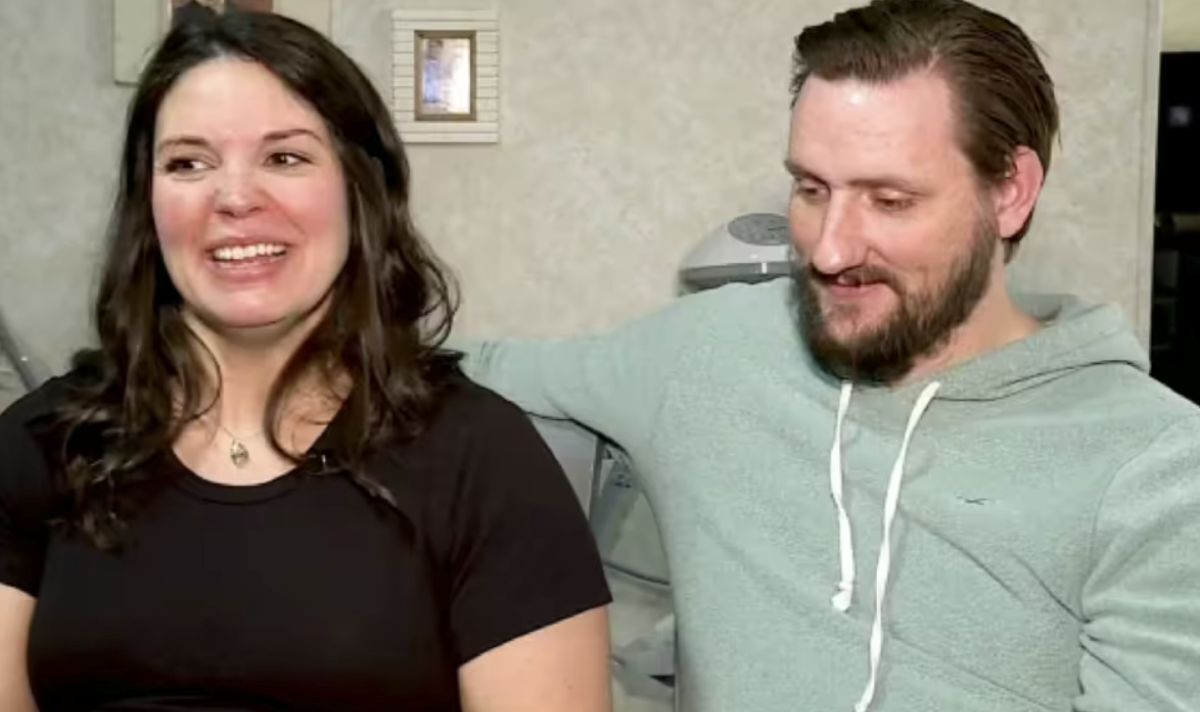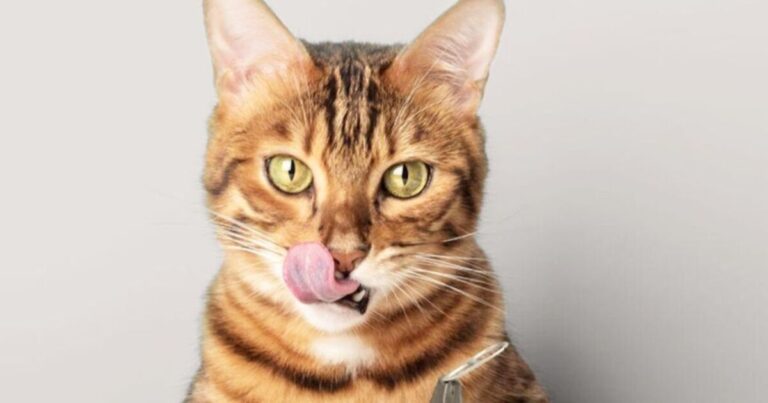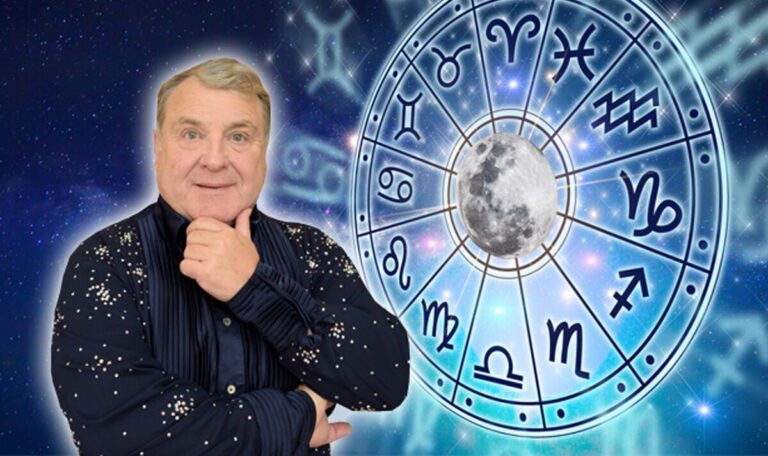
A woman has spoken of her shock after she discovered she is pregnant with ultra rare twins.
At the age of 17, Kelsey Hatcher discovered she had a double uterus, and fast forward 15 years, she received another unexpected revelation: she is expecting twins, with one developing in each uterus.
“I was experiencing some minor complications that prompted us to schedule an OB appointment. Upon examination and ultrasound, they made the discovery,” Kelsey, from Alabama, explained.
Referred to as uterus didelphys, Kelsey’s condition is found in only about 0.3 percent of the population, according to Cleveland Clinic.
“Essentially, the uteri are the size of one split in half.”
READ MORE: ‘I was told I couldn’t get pregnant but then I gave birth to quadruplets’
Kelsey had her first three children through “normal” pregnancies – Raelynn, six, River, four, and Rhemy, two.
Approaching her next pregnancy, she felt a bit anxious during the eight-week ultrasound.
“As the tech scanned and assured me everything looked great, I double-checked, ‘There is only one, right?'” she said.
The tech confirmed they could only see one baby, and Kelsey was relieved.
However, she added: “I’m not sure if it’s on my chart, but I do have a second uterus, just so you aren’t alarmed.”
Kelsey described being “in utter shock” after a second baby was found in the other uterus.
She said: “All I could do was laugh. I immediately called my husband, Caleb, to tell him, as he was not at the appointment with me. He and I just laughed together.”
Even doctors were surprised given the “rare and special” nature of her case.
The likelihood of any woman experiencing this type of pregnancy is approximately one in 50 million.
Dr. Shweta Patel, an assistant professor at the University of Alabama at Birmingham’s Department of OBGYN and Kelsey’s obstetrician, described the pregnancy as “very surprising.”
She said: “It’s rare enough to have uterine didelphys, more commonly known as a double uterus, but even more rare to have a pregnancy in each uterus.
“I had to see the images of the ultrasound myself to believe it.”






